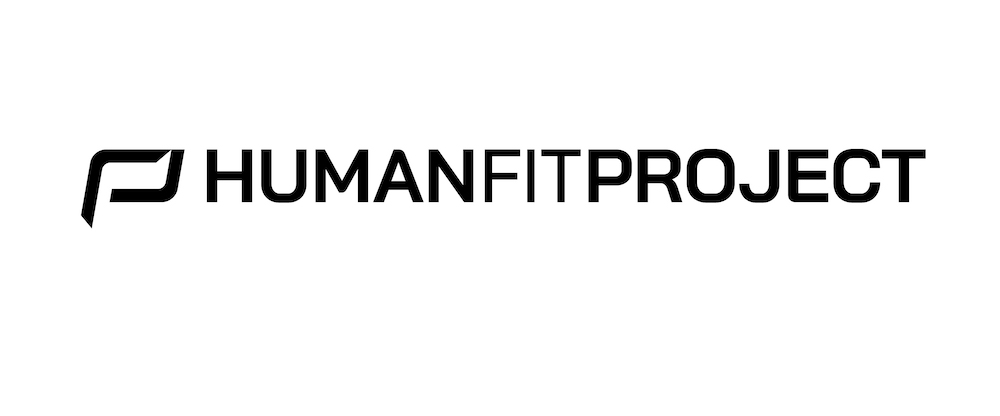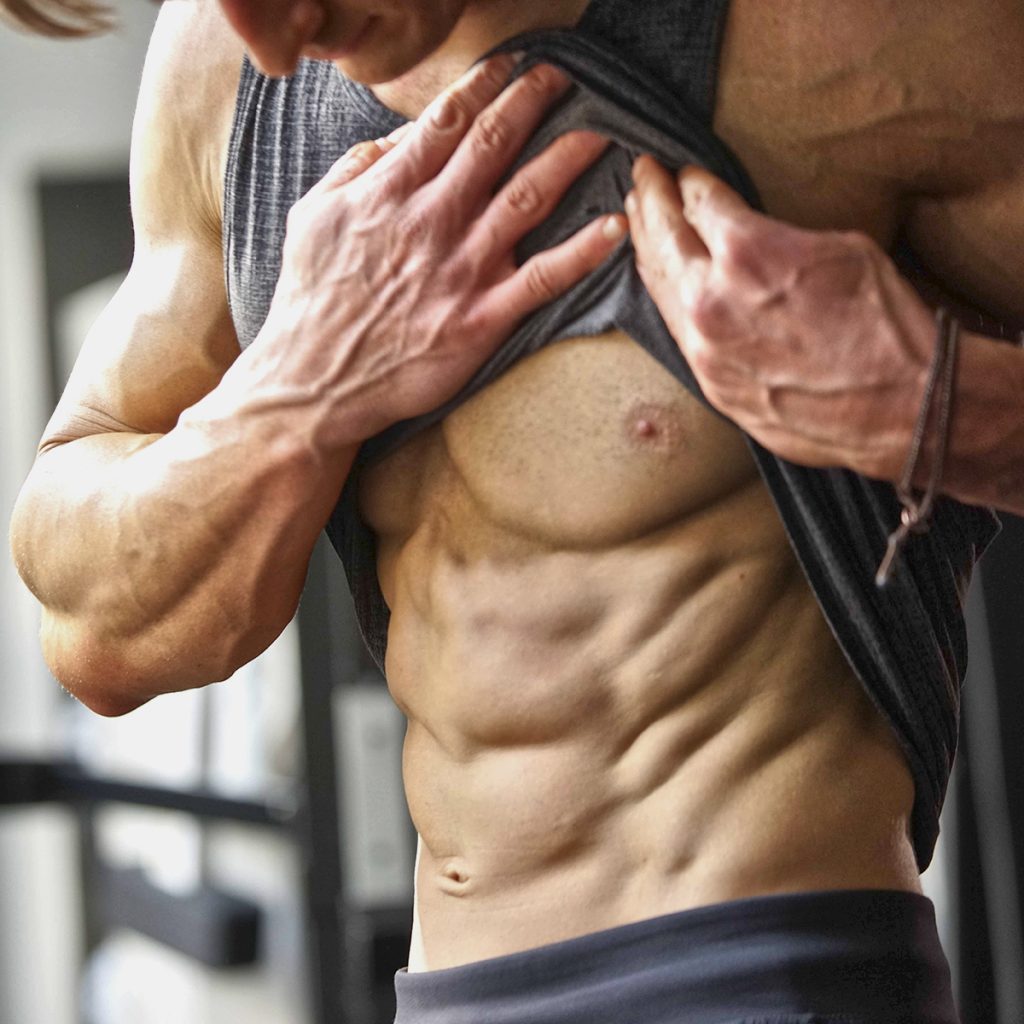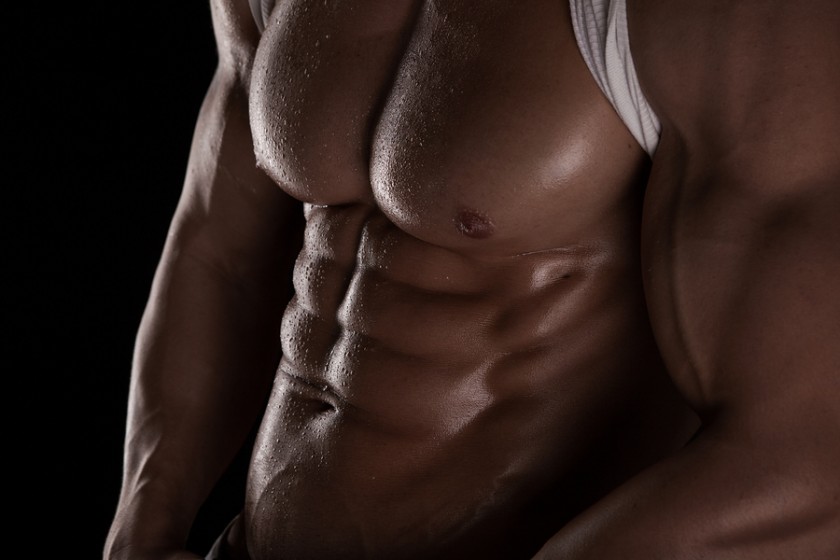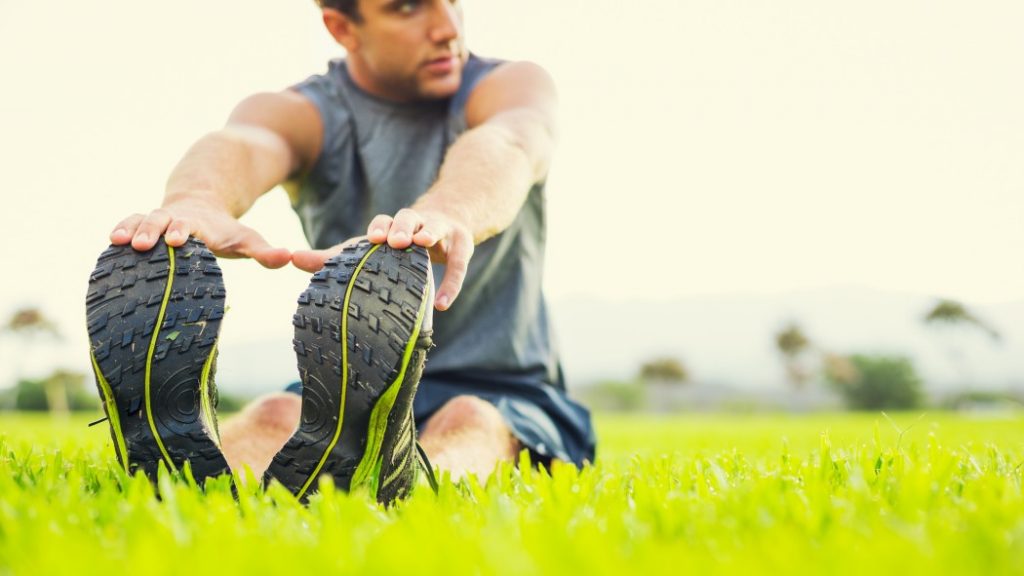It’s technically possible to get abs without doing a single exercise. In fact, it doesn’t matter what body type you are or what your body fat percentage is, everyone has abs under there. The key to unlocking them is all in your diet. Simply changing what you’re eating and staying consistent. That’s it. Sure, there’s some detail, but from a high-level, it’s really that straight-forward.
Before we get into the details of eating for abs, there are a few basic things to understand about food and how it functions in the body.
INSULIN: The Bad?
Here’s goes nothing… Once you have finished a meal your blood sugar (aka glucose) rises. This rise in blood sugar triggers insulin production in the pancreas and is released into the blood stream. The insulin travels through the blood stream and into your cells. Insulin tells the cells to open up and let the glucose in. Once inside the muscle cells, the glucose is stored as energy. But here’s the kicker… what happens if you over eat? Your insulin is spiked as a result of the extra carbohydrates you have eaten and then essentially begins being stored as fat vs. energy. So, long story short, too much insulin can be harmful because it ultimately leads to fat storage. This is commonly known as spilling over. This is why it is vital to control your body’s insulin levels, for gaining lean muscle tissue and reducing body fat.
INSULIN + GROWTH HORMONE: The Good?
For maximum fat loss and muscle-building, growth hormone needs elevation. Now, while insulin, under most circumstances hurts your chances at leaning out, it’s also an essential player in moderation. For example, after a hardcore training session, your body is screaming for nutrients. Want to know what helps ship those nutrients to muscle cells quickly? An insulin spike. So what many athletes do after that hard workout is, deliberately spike their insulin with a controlled about of carbohydrates. When the spike occurs, any other nutritions you consume such as whey protein is immediately shipped to the beaten up muscle cells which aids in recovery and protein synthesis. This action also helps with elevating growth hormone levels. The trick is to find the appropriate amount of carbs and the timing.
That’s why the perfect post-workout shake consists of both PROTEIN and CARBS.
WHAT EXACTLY IS MODERATION?
OK, back to the insulin spikes and how to do it in “moderation.” And why “moderation” really is so important. For the most part, there are two different types of carbohydrates; high GI and low GI. (GI stands for glycemic index). Low GI foods create low to moderate insulin spikes which keep blood sugar and insulin levels relatively stable. That’s the state you want your body in 99% of the time. Level and stable. No ups and downs. Now, High GI foods create moderate to high insulin spikes. This is why some people experience energy highs and then crashes. Some even get nauseous stomaches from a low coming off a high. The only time (the 1%) you want your body to have a spike is after that hardcore workout (as mentioned above).
While the GI of foods vary greatly on a sliding scale, most foods that are low GI are typically greens, veggies, and complex carbs like oats. Foods that are high GI typically are fruits, breads, cookies, sweets, etc.
UNDERSTAND THE CARB STRATEGY
We’re going to want to do two things: carb cycle, deplete, reload/backload.
If you’re looking at things from the perspective of an entire day (sun up to sun down), most athletes like to carb cycle. This means one day will be slightly higher in carbs then the next and back and forth. Within those days, they also do a reload/backload, or as mentioned above, have a shot of carbohydrates after a workout, but not before. This will manipulate those hormones we were talking about earlier and get rid of any excess body fat or water retention in the morning before a training. Manipulating your hormones and eating certain foods in the right order at key times is key.
THE OPTIMAL MEAL PLAN
6am meal
1
50g of Whey protein, 15g of almonds
The fat and fiber from the almonds prevent the protein from spiking your insulin. This is because fat and fiber slow down the digestion of protein. This results in no spike in insulin, leaving your growth hormone levels high. We have supplied the muscle with a sufficient amount of protein and a slow release of energy from the almonds.
8.30am meal
2
220g of salmon, 1 black coffee with 10g of coconut oil.
Salmon is an ideal pre-workout meal, as its high in protein and fats making it slower digesting. We also add a pre-workout coffee with added fats to help raise your cholesterol levels (potentially increasing testosterone while training). The coffee is a great stimulant for a workout as you don’t generally crash from it. Coconut oil is a fast acting fat, so perfect just before you work out.
9.30am GYM SESSION
20g of BCAA’S
The BCAA’S are also fast acting and released into the bloodstream quickly, slightly increasing your insulin levels. This is perfect as we need our cells to open and receive BCAA’S help to prevent muscle break down.
Post workout shake
50g of whey, 20g of glucose.
The glucose is high in GI and is absorbed into the bloodstream quickly. This in turn spikes your insulin, which enables the protein from your shake to be digested and absorbed in the muscles cells much quicker.
45/60 minutes later we can begin loading back up on carbohydrates low in GI, to prevent spiking insulin and keep growth hormone high.
From this point onwards
Eat every 2 to 2 ½ hours to keep your metabolism ticking over. The remaining meals should consist of low GI carbohydrates and lean meats.
Eating the carbohydrates in the evening will at first raise your insulin, but that will soon drop leaving growth hormone at its highest before you sleep. Which is exactly what you want.







